xiamen ZONEWU The LoRaWAN Chlorine (CL2)Gas Sensor is a wireless gas monitoring device developed using LoRa wireless technology. It is equipped with a high-performance chlorine gas sensor and a temperature and humidity sensor, which can measure the chlorine gas concentration, temperature, and humidity in the environment in real time. This sensor has accurate detection, stable performance, low power consumption, and supports the standard LoRaWAN protocol, enabling long-distance data transmission.
Product Model :
LW311-CL2Power Supply Mode :
Battery or External DCFrequency :
CN470/IN865/EU868/RU864/US915/AU915/ KR920/AS923-1&2&3&4MAC Version :
LoRaWAN 1.0.3Mode :
OTAA Class A/CWeight :
120gEnvironmental LoRaWAN Chlorine (CL2)Gas Sensor
xiamen ZONEWU The LoRaWAN Chlorine (CL2)Gas Sensor is a wireless Internet of Things gas device with integrated collection, monitoring, and transmission functions.
xiamen ZoneWu LoRaWAN Gas Sensor CL2 Sensor Features:
It can collect real-time data on chlorine gas concentration, temperature, and humidity in the environment, and transmit it wirelessly to achieve one-stop monitoring.
Using three-electrode electrochemical gas sensor and high-performance chip, combined with the built-in temperature and humidity sensor, accurately detect the target gas and environmental parameters.
High sensitivity and resolution, even small concentration changes can be captured; It is small in size, does not occupy space, has low power consumption, and is suitable for long-term deployment.
It has stable performance and can effectively resist interference from other gases in the environment, ensuring accurate and reliable data.
Supports wireless transmission, can send monitoring data over a long distance, and adapts to the remote monitoring needs of large-scale or complex scenarios.
It is widely used in industries and scenarios that require chlorine gas concentration monitoring, such as chemical production, pharmaceutical manufacturing, and environmental monitoring.
Technical Parameters
| Power Supply | 5~28VDC |
| Weight | 120g |
| Operating Emperature | -20℃~50℃ |
| Measuring Principle | Electrochemistry |
| Lifespan | <2 years |
| Measuring Range |
CL2:(0-1000)ppm
Temp:-40~+80 ℃
Humi:0~99.9 %RH
|
| Frequency |
CN470/IN865/EU868/RU864/US915/AU915/
KR920/AS923-1&2&3&4
|
| Mode | OTAA Class A/C(Default: Class C) |
| Reporting cycle |
External power supply:5min(Default reporting cycle)
Report after preheating for 3 minutes when powered on
|
| Communication Protocol | LoRaWAN,LoRa TDMA Networking |
|
Equipment information
(Reference)
|
AppEUI:0000000000000001
DevEUI:aaaa202404150001
AppKey:00001111222233334444555566667777
MAC Version:LoRaWAN 1.0.3
|
Product Applications
1. Sensitive and precise: This sensor is particularly "sensitive" to chlorine gas, even if the chlorine gas concentration in the air is very low, and the measured value is very accurate and has a small error.
2. Wide measurement range: It can measure a wide range of chlorine gas concentrations, from 0 to 20 PPM (or even higher), and can accurately measure both high and low concentrations.
3. Strong anti-interference ability: when encountering other gases (such as carbon dioxide, water vapor, etc.), the sensor "is not easily affected" and only focuses on detecting chlorine gas, ensuring that the data is not interfered with.
4. The results are stable and reliable: the results of multiple measurements are almost consistent, and the repeatability is good; It can maintain stability for a long time, and the data measured is reliable no matter how the environment changes.
5. Energy-saving and durable: It consumes less power when working, and can last for a long time with a single charge or battery, suitable for continuous monitoring for a long time without frequent battery replacement or charging.
Detailed Images
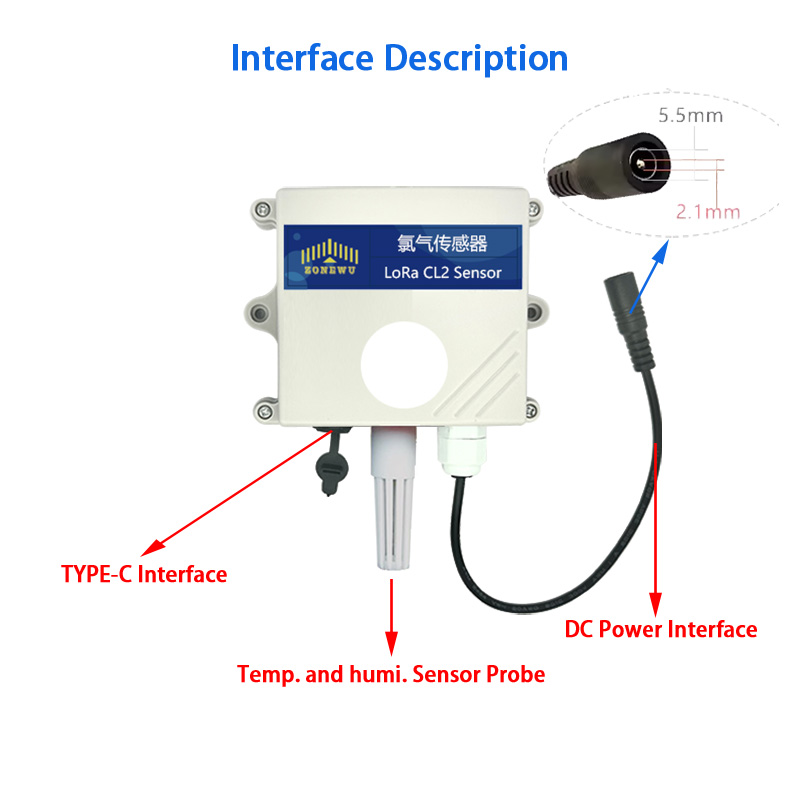
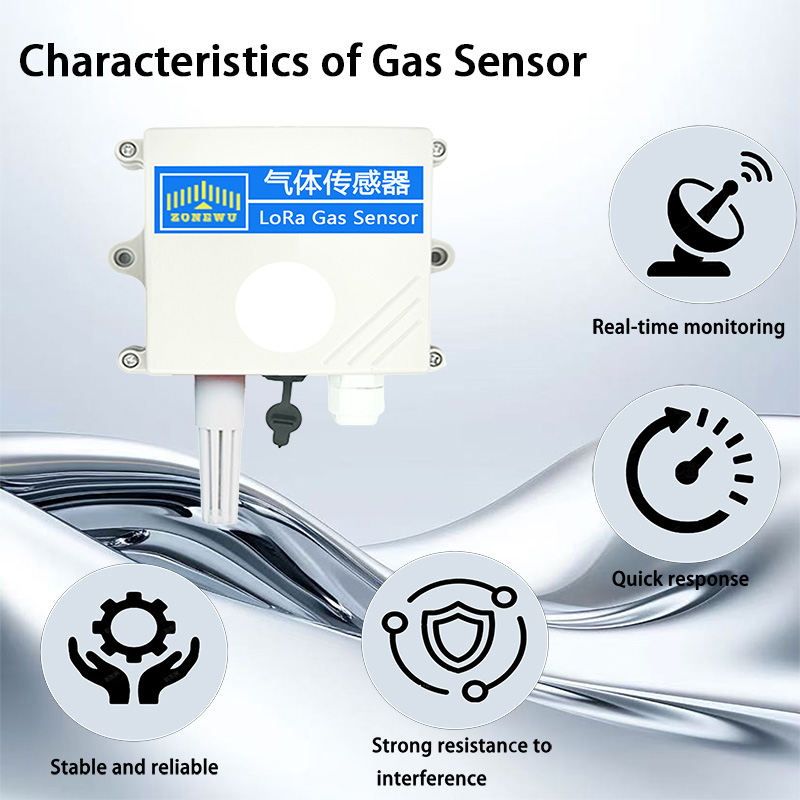
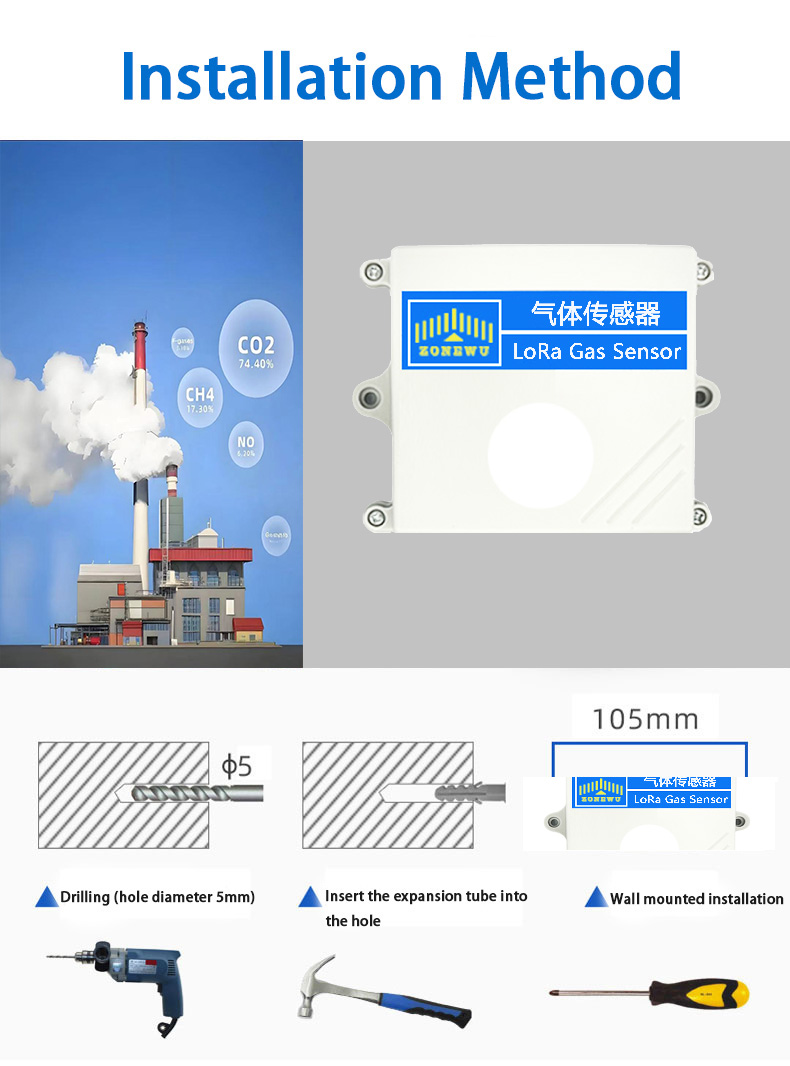
Common knowledge of CL2
What color and smell does chlorine gas have
Chlorine gas is a yellow-green gas with a strong irritating odor. At high concentrations, it has a strong corrosive effect on the respiratory tract and eyes of the human body. It is commonly used in daily life for water disinfection (low concentration) and industrial production.
What is the safe concentration range of chlorine gas in the air
According to occupational safety standards, the safe concentration of long-term exposure is usually below 0.5 ppm (parts per million concentration); Short-term exposure (within 15 minutes) should not exceed 1 ppm. Exceeding this range may cause coughing, difficulty breathing, and even lung damage.
How to take emergency protection when chlorine gas leaks
If you encounter a chlorine gas leak, you should immediately:
· Move upwind or to higher elevations (chlorine gas is denser than air and tends to settle at lower elevations);
· Cover your mouth and nose with a wet cloth or a mask (chlorine gas is easily soluble in water, and a wet cloth can reduce the amount inhaled);
· Avoid contact with skin and eyes, and rinse immediately with running water;
· Stay away from low-lying areas and water sources to prevent the spread of poisoning.
Application Scenarios
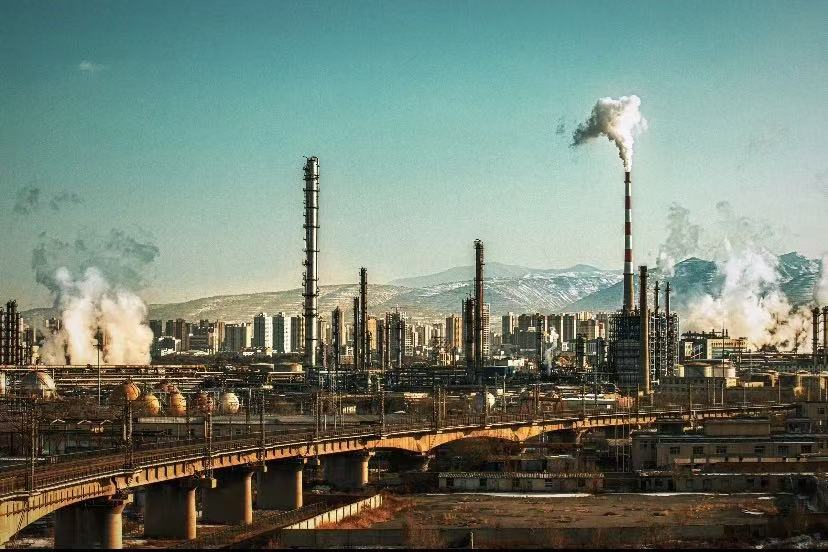
Industrial production
Waste gas emission monitoring: Conduct real-time monitoring of industrial waste gas emissions to ensure that waste gases meet emission standards and reduce pollution to the environment.

Environmental inspection
Air quality monitoring helps people understand air quality and protect the environment and health by detecting harmful gases such as sulfur dioxide.
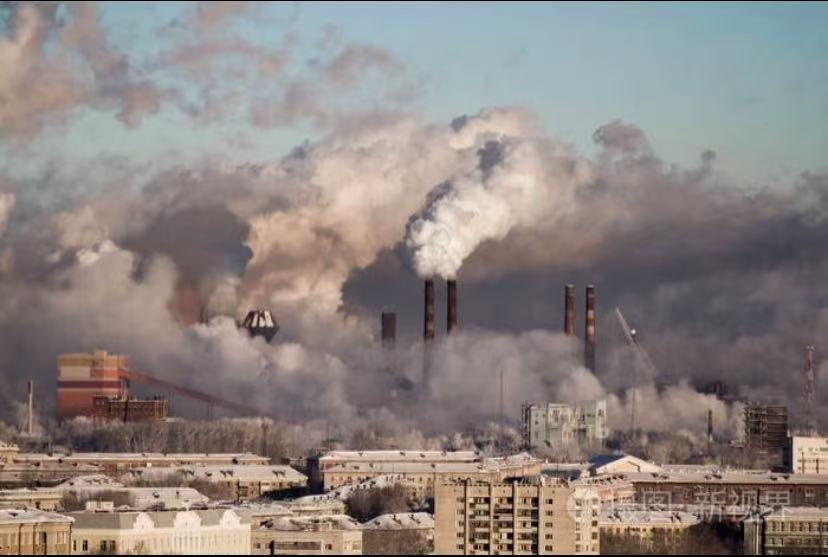
Safety protection
In coal mines and tunnels, gas sensors detect toxic and harmful gases such as methane and warn against accidents.
A:Yes,we can provide you with OEM services and design housings and logos.
3.DO you offer free samples?
A:Sorry,we don't offer free samples. After ordering in bulk, we will deduct the sample fee from the second order.
Why Choose ZONEWU